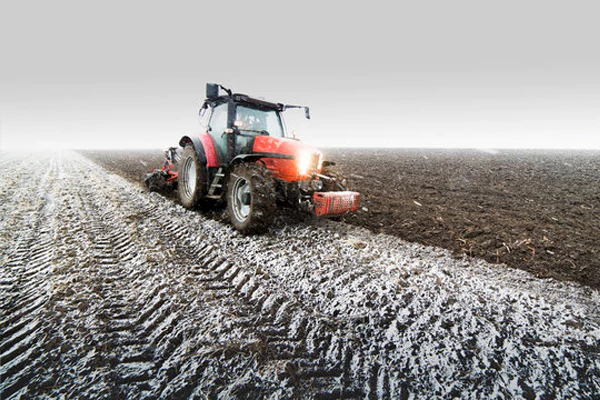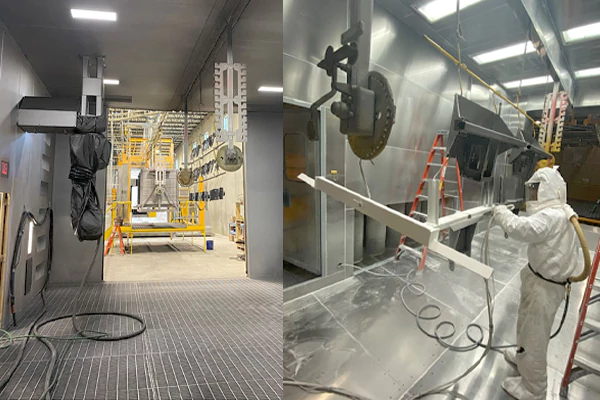Hydraulic systems are the lifeblood of countless industries, from manufacturing and construction to agriculture and transportation. At the heart of these systems lies a critical component: the hydraulic hose. These flexible conduits transport pressurized hydraulic fluid, enabling the movement of machinery and equipment.
In this comprehensive guide, we will delve into the world of hydraulic hose parts, exploring their various types, functions, and the factors to consider when selecting the right components for your specific application.
What Are the Parts of a Hydraulic Hose?
What is the composition of hydraulic hose?
A hydraulic hose typically consists of three primary layers:
- Inner tube: The innermost layer, made from a rubber or synthetic material, is in direct contact with the hydraulic fluid. It must resist the fluid’s properties, such as its pressure, temperature, and chemical composition.
- Reinforcement layer: This layer, located between the inner tube and outer cover, provides the hose with its strength and flexibility. It is typically made from steel wire, fiber braid, or a combination of both.
- Outer cover: The outermost layer protects the hose from abrasion, weathering, and other environmental factors. It is usually made from a rubber or synthetic material that is resistant to oils, greases, and chemicals.
Types of Hydraulic Hoses
The choice of hydraulic hose depends on various factors, including the type of hydraulic fluid, operating pressure, temperature range, and the specific application. Here are some common types of hydraulic hoses:
- R1: General-purpose hose suitable for a wide range of applications.
- R2: Designed for higher pressure applications, such as heavy-duty construction and industrial machinery.
- R3: Oil-resistant hose suitable for hydraulic systems using mineral oils.
- R4: Fire-resistant hose designed to withstand high temperatures and prevent the spread of flames.
- R5: Abrasion-resistant hose suitable for applications where the hose may come into contact with rough surfaces.
- R6: Suction hose designed for drawing hydraulic fluid from reservoirs or tanks.
- R7: High-pressure hose suitable for extreme operating conditions.
- R8: Flexible hose with a spiral wire reinforcement layer.
- R9: Thermoplastic hose made from synthetic materials.
- R10: Teflon hose with excellent chemical resistance and high-temperature performance.
Hydraulic Hose Fittings
Hydraulic hose fittings are essential components that connect hoses to hydraulic cylinders, pumps, valves, and other equipment. They ensure a leak-free and secure connection, preventing fluid loss and ensuring the proper functioning of the hydraulic system.
Common types of hydraulic hose fittings include:
- Crimped fittings: These fittings are permanently attached to the hose using a crimping machine. They are widely used due to their reliability and ease of installation.
- Reusable fittings: These fittings can be reused multiple times, providing flexibility and cost savings. They are typically attached to the hose using a clamp or other mechanical means.
- Flared fittings: These fittings have a flared end that is inserted into a matching fitting on the hydraulic component. They are often used in high-pressure applications.
- Banjo fittings: These fittings have a swiveling connector that allows for flexibility in the hose installation.
Factors to Consider When Selecting Hydraulic Hose Parts
When choosing hydraulic hose parts, several factors must be considered to ensure optimal performance and safety:
- Hydraulic fluid compatibility: The hose and fittings must be compatible with the type of hydraulic fluid being used.
- Operating pressure: The hose and fittings must be rated for the maximum operating pressure of the hydraulic system.
- Temperature range: The hose and fittings must be able to withstand the expected temperature extremes.
- Environmental conditions: The hose and fittings must be resistant to the environmental factors present in the operating environment, such as moisture, chemicals, and abrasion.
- Hose length and routing: The hose must be the correct length and routed properly to avoid kinks, bends, and other obstructions.
- Safety factors: The hose and fittings must comply with relevant safety standards and regulations.
Hydraulic Hose Maintenance and Inspection
Proper maintenance and inspection are crucial for ensuring the long-term performance and safety of hydraulic hoses. Regular inspections should include:
- Visual inspection: Check for signs of wear, abrasion, cuts, or leaks.
- Pressure testing: Test the hose for leaks and pressure loss.
- Fitting inspection: Check the condition of the fittings and ensure they are securely attached.
- Hose replacement: Replace hoses that show signs of excessive wear or damage.
Conclusion
Hydraulic hoses are essential components of hydraulic systems, providing the necessary flexibility and connectivity to transport pressurized fluid. By understanding the different types of hoses, fittings, and factors to consider, you can select the appropriate components for your specific application and ensure the reliable and efficient operation of your hydraulic system.




